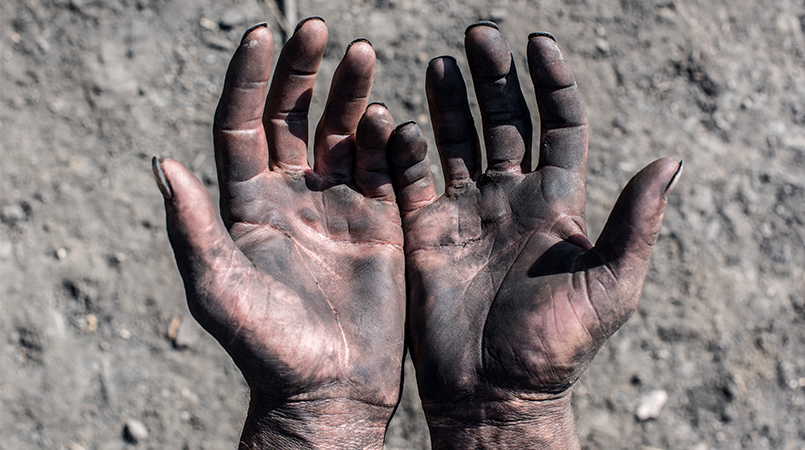In many cases, workplace dangers that put employees at the most risk are not the most apparent ones. Such an example concerns mine and quarry workers. While subject to all kinds of sudden, dramatic dangers on the job that can cost life and limb, there is one part of their body that is under constant attack which might come as a surprise to many — the skin. According to a report from the European Agency for Safety and Health at Work, mine workers have the highest incidence of skin disease among all professions, affecting 31.5 per 100 full-time employees — more than manufacturing and construction put together. And in the United States, skin problems are 78 percent more common than respiratory illnesses, the Bureau of Labor Statistics (BLS) says.
In addition to coming into contact with irritants such as spent fossil fuels, industrial solvents, cleaning products and Portland cement, miners and quarry workers often work outdoors with little protection against the sun and UV light. Exposures to these hazards can lead to minor skin irritations, sunburns, allergic dermatitis, occupational dermatitis and skin cancer. The hands are particularly vulnerable, since they are most often exposed.
Initial symptoms can be as simple as itching, flaking and swelling, and while the cause of the irritation may be not always be clear, 75 percent of workers with occupational dermatitis ultimately develop chronic skin diseases that are uncomfortable and costly to treat, BLS says. A single case of occupational dermatitis can cost an employer, on average, $3,500 in workers’ compensation claims, according to the Journal of the American Medical Association.
It’s important that mine and quarry employers work to minimize the risk of skin irritation to avert discomfort, absenteeism and claims, as they would to avert any other workplace hazard. This includes educating employees about the risks of UV rays and chemical exposures, reducing contact with harmful or hazardous materials whenever possible, and providing effective skin protection and restoration products including sunblock and creams.
The prevalence of UV-caused skin irritation among miners and quarry workers serves as an important lesson in the management of all safety risks across every industry. A good Risk Analysis tool can help safety managers assess risks at all levels, and ensure that preventative and corrective actions address any issues in a timely manner. By recognizing all potential risks — especially those that are easily prevented through proper protection and training, like UV light — safety professionals can more accurately safeguard employees from the incidents that cause the most harm.
In support of National Safety Month, VelocityEHS is sharing tips and information throughout the month of June to help EHS professionals strengthen their commitment to worker safety. Follow along on Twitter and LinkedIn for more information.
